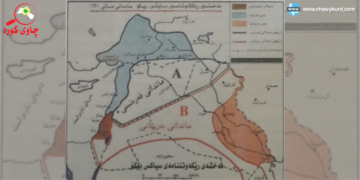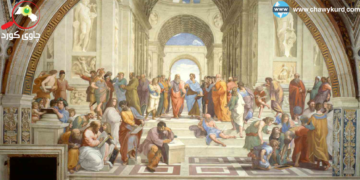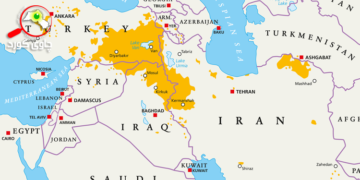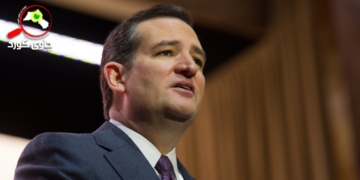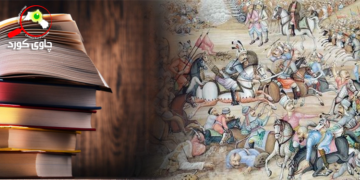“Mixed election system amid positive and negative points; Germany, as an example”
“Introduction”
The electoral system is considered an important and essential point of elections. Through electoral systems, the procedures for converting votes into seats are carried out. According to electoral systems, the electoral process is conducted in democratic countries. Each country uses an electoral system of the three electoral systems that are followed in the world, namely majority system, proportional system and mixed system. We will discuss the electoral systems, especially the mixed electoral system between the positive and negative points, and we have given Germany as an example. In this article we will try to present the positive and negative aspects of the mixed electoral system.
“What is the electoral system?”
In the simplest definition of an electoral system; it is how to convert valid and counted votes into seats in elected councils. This means in what form citizens’ votes are converted into elected seats in the parliament, or in local councils such as provincial councils or presidents of countries or regions.
“Electoral Systems”
- Majority system; a majority system is one in which a candidate or party receives a majority of votes, more than the votes of other candidates and parties that are considered the winners of the election.
- Proportional representation system; this system works on the basis of a list election system, i.e. it is not compatible with individual elections. According to the proportional representation system, the seats allocated to each constituency are distributed to the competing lists based on the percentage of votes received.
- Mixed systems; in the absence of a unified electoral system in the world, some countries are moving towards combining both majority and proportional electoral systems.
“German Electoral System”
As we mentioned in the second part of our article about electoral systems, we found that by combining the advantages and disadvantages of both proportional and simple majority systems, we will create a new electoral system; here we focus on Germany, an interpretation of its positive and negative aspects.
The German mixed system (the Dougarty system); This system is based on a combination of both the individual majority system and the proportional list representation system, according to which half of the members of the German parliament are elected by individual and simple majority system, the other half by the proportional list system. According to the German electoral system, the country is divided into several equal constituencies, each with one representative. Each party that wins the majority of votes in a constituency wins the seat. Any other votes received by other parties are aggregated at the national level and used to distribute the seats allocated in the large national constituencies. That is, the German electoral system includes both majority and proportional systems, sometimes called personal proportional representation.
Positive Aspects of the German mixed system;
- This system is complex in appearance and theory, but not difficult to implement in practice.
- This system will be a factor in protecting voter freedom, at least it will be a factor in the disappearance of closed lists, so that voters are free to identify and elect the successful candidate in the majority election.
- In small constituencies, voters feel the value of their vote, which is a factor in narrowing the election between two strong candidates.
- By nature, this type of system reduces the number of parties to three parties or rather two and a half or two and a two and a quarter parties, because this system allows small parties to merge with large parties.
- Such a system would be a factor in the formation of a parliamentary majority and a strong and stable government, due to a coalition between one major party with a small party or a coalition of two major parties.
Negative aspects of the German hybrid system;
- This system is a new system that was introduced in the late 20th century, so it is still described as an incomplete system, it may become clearer in the coming years.
- This type of system makes or becomes a factor for some candidates and representatives to have intimacy with the voters of the constituencies.
- Mixed systems cannot create a kind of balance, some forces and parties remain outside the circle of representation, despite winning a lot of votes.
- This system is also criticized for confusing voters about the electoral process.




























